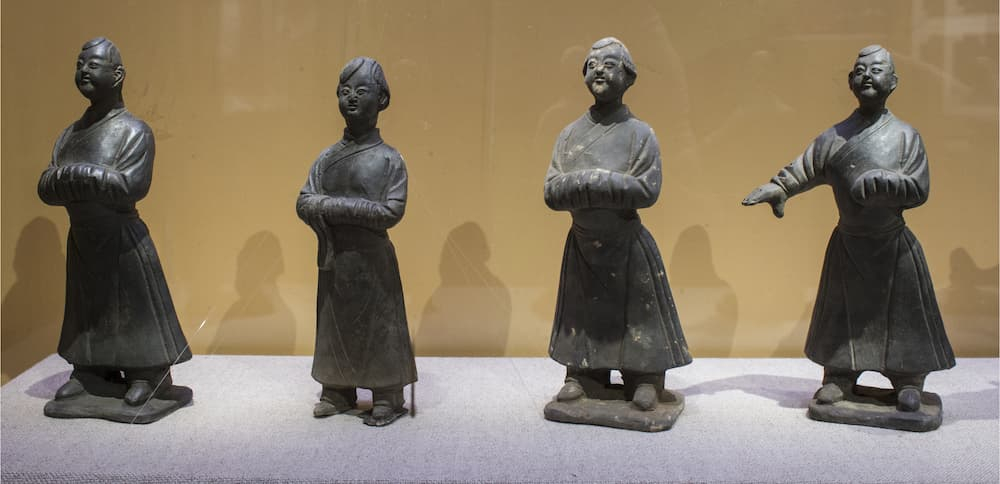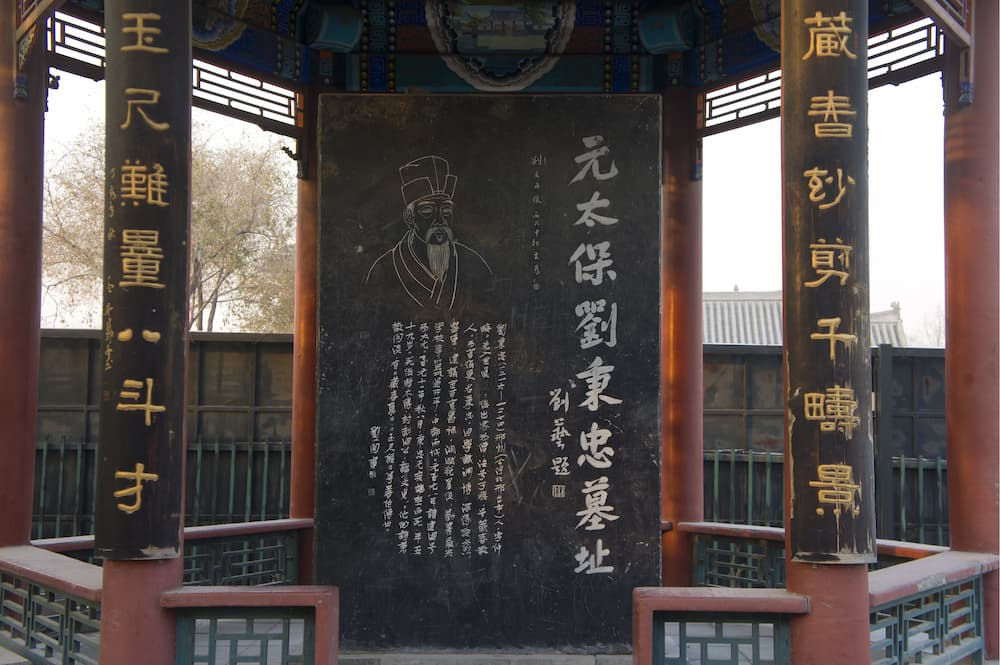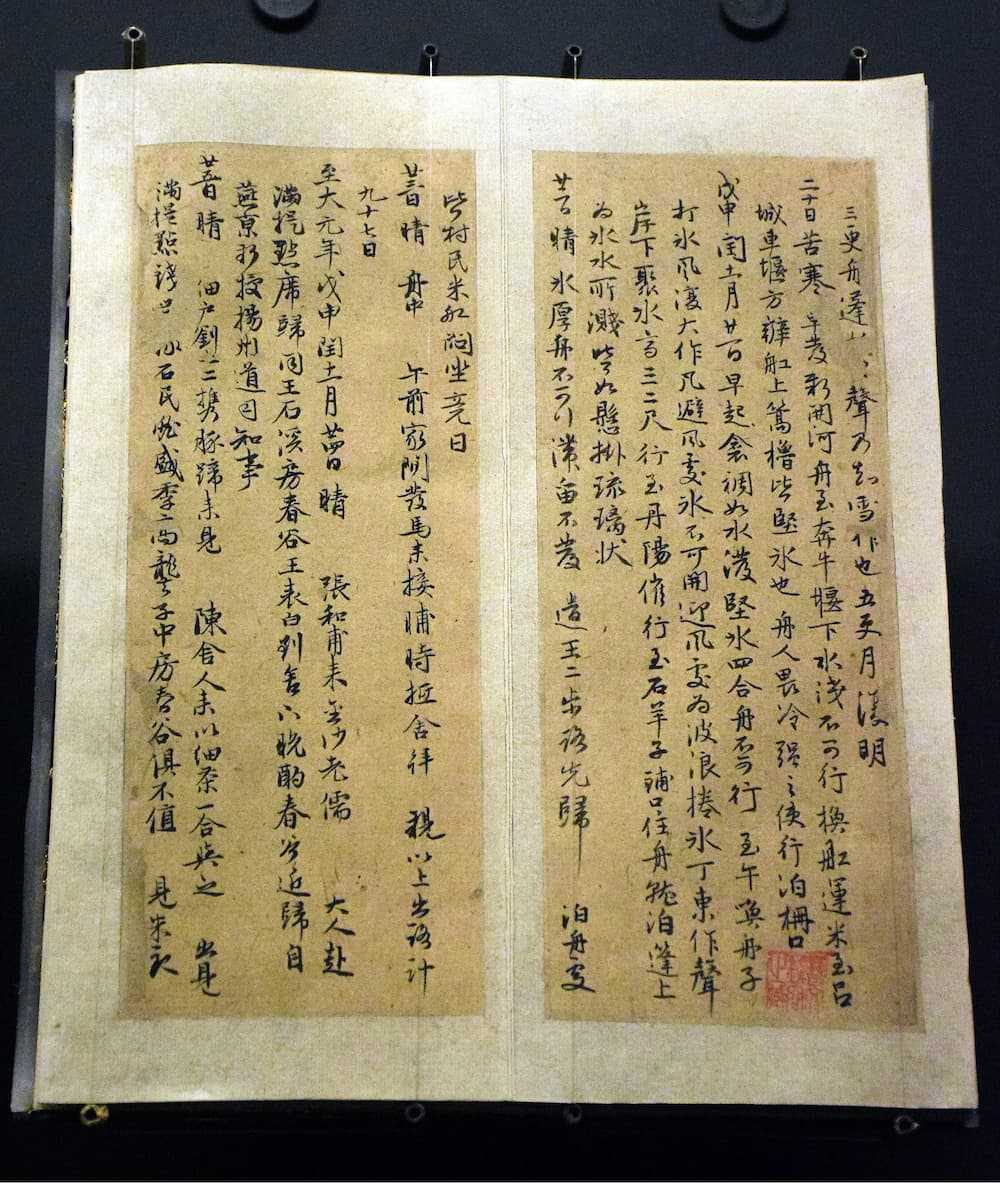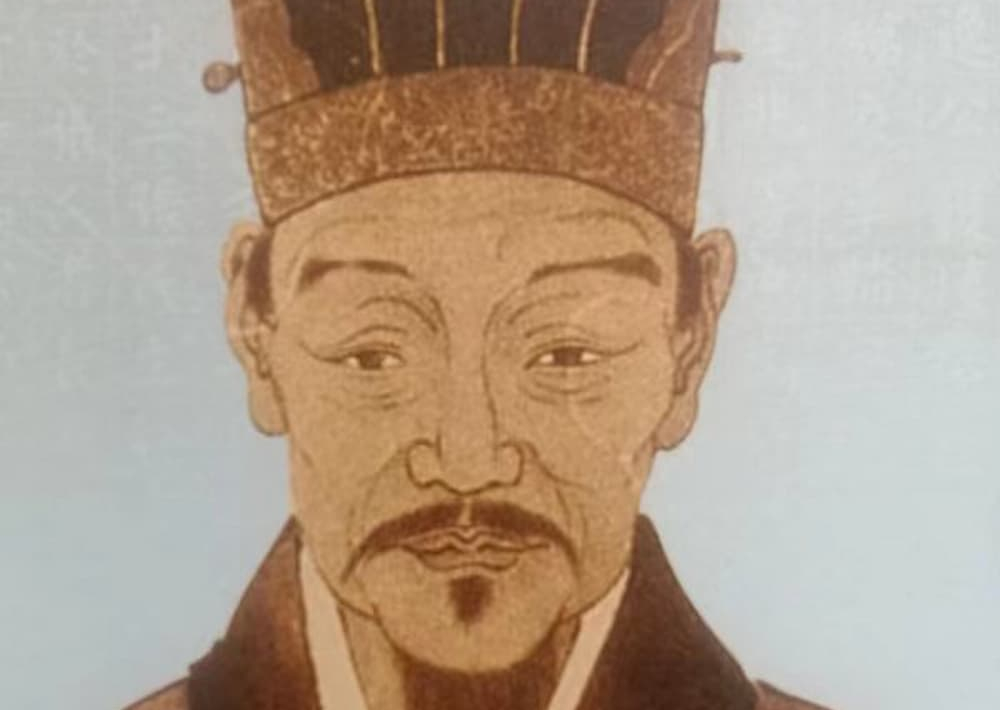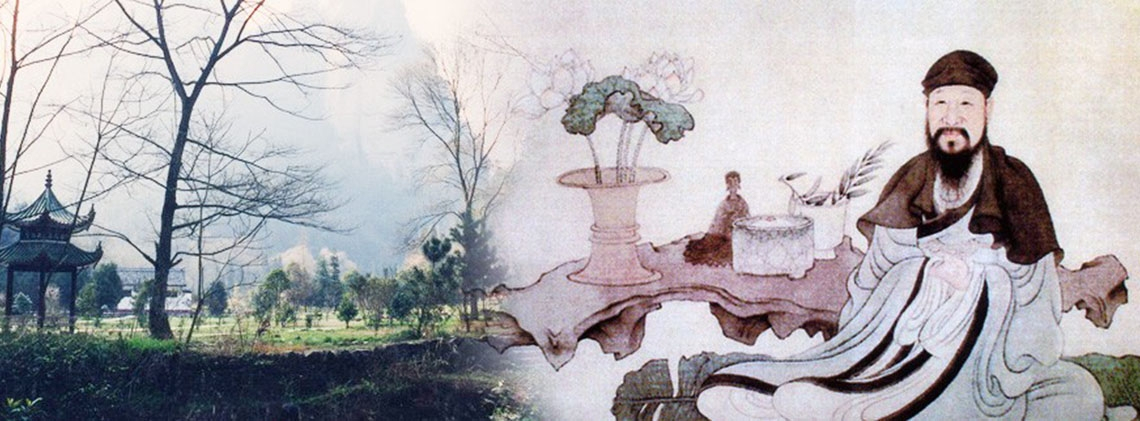
The Diverse Culture of Yuan
Splendid
Chi Culture
Topic
The Diverse Culture of Yuan
 Listen to this article
Listen to this articleThe Yuan dynasty refers to the period when China was ruled by the Mongol Empire. As nomadic tribes, the Mongol rulers were free-spirited and embracing, contributing to the free development of diverse cultures. During its expansion, the empire embraced cultures of various ethnic groups, making the Yuan dynasty a state with splendid culture.
Diverse Religions
People in the Yuan dynasty believed in various religions, including Shamanism, Tibetan Buddhism, Chinese Buddhism (also Han Buddhism), Taoism, Jingjiao (Church of the East in China), Manichaeism, Islam, and Bailianjiao (White Lotus Religion). Shamanism, the belief that all things have their own spirit, is the original religion of the Mongols. Each tribe of the Mongol ethnic group has its own patron worshipped by the whole tribe. During Genghis Khan’s (成吉思汗) expedition to the Western Xia (西夏), the Mongols came in contact with Tibetan Buddhism. During the reign of Ögedei Khan (窩闊台汗), Prince Köden (闊端) dispatched an army to conquer Tibet and took the Master of the Sakya school of Tibetan Buddhism as his mentor, becoming the first Mongol noble converting to Tibetan Buddhism. For this reason, Tibetan Buddhism received wider attention than other religions in the Yuan dynasty. Chinese Buddhism was also a dominant religion in the same period. Genghis Khan made Master Hai Yun (海雲法師), the state preceptor, and later, Kublai Khan appointed Liu Bingzhong (劉秉忠), a pupil of Master Hai Yun, as the counsellor. In addition, Taoism was also prevalent during the Yuan dynasty. Taoism Master Qiu Chuji (丘處機, also known by his Taoist name Master Changchun [長春] ) once preached in Central Asia upon Genghis Khan’s invitation.
Believers of Bailianjiao, which originated from Pure Land Buddhism, gathered to oppose Yuan’s rule by the end of the Yuan dynasty. Although the Yuan regime was inclusive when it came to people’s beliefs, it did not tolerate any resistance in the name of religion. The Yuan government, therefore, banned Bailianjiao as a heterodox religious sect. Later, Bailianjiao regained its position with the help of the powerful nobles and officials. Bailianjiao, as well as some Buddhist activities, was once banned but later revived in the Yuan dynasty.
Christianity was known as Jingjiao in ancient China. As early as the period of Genghis Khan, there were Christian Mongols, including nobles like Princess of Tolui Khan (拖雷), the wife and children of Möngke Khan (蒙哥汗), and Nayan (乃顏, the leader of the north-eastern collateral branch of the Mongol royal dynasty). The Franciscans, representing Catholicism, set up the Eastern Archbishop Church in the capital Dadu (大都, present-day Beijing) of the Yuan dynasty, and a Catholic church in Quanzhou (泉州). Its teachings became more influential than that of Jingjiao in the latter half of the Yuan dynasty. The Western Expenditure of the Mongol Empire brought with them many Muslims from Xiyu (西域, the Western Region). Islam thus spread across China and its believers became known as “huihui” (回回) in Chinese. The Yuan government also set up the Bureau of the Qadis (from the Arabic word Qadi, meaning “judge”), a department responsible for Islamic civil affairs.
Manichaeism, also known as Mingjiao (明教), was also a recognised religion in the Yuan dynasty, mainly prevailing in the present-day Zhejiang (浙江) and Fujian (福建) Provinces. Later, this religion gradually integrated with Buddhism and Taoism, which has made it difficult to distinguish it from Buddhism and Taoism by the statues and temple names. However, it is indeed an independent religion from the West with its own history.
Flourishing Literature
The Yuan dynasty encouraged free development in literature. Although the Literature Treatise (〈藝文志〉) in History of Yuan (《元史》) is missing, it can be learned from later compilations by scholars after the Qing dynasty (清朝) that literature was flourishing in the Yuan dynasty. The reason behind this is that as the Yuan regime unified China, it integrated the northern literature originating from the Tang (唐朝), Northern Song (北宋), and Jin (金朝) dynasties and the southern literature of the Southern Song dynasty (南宋), while also taking elements from the Mongol and Xiyu cultures, creating a diverse landscape of literature. Su Tianjue (蘇天爵), a Yuan scholar, complied poems and prose on politics and enlightenment into the Categorised Literature from Our Dynasty (《國朝文類》, Guochao Wenlei). The book includes articles written by over 130 scholars and is regarded as the best and most useful work for those wanting to learn about the Yuan literature. In the Yuan dynasty, there were numerous works mourning the old times and countries by the remaining people of the former dynasty, such as Xie Ao’s (謝翱) A Record of Grievous Weeping on the Western Tarrance (《登西台慟哭記》) on Wen Tianxiang’s death (文天祥, a Southern Song prime minister remembered for his loyalty and righteousness).
The Han (漢) influence on the northern people during the Yuan dynasty manifested itself in the Yuan literature. For example, the Mongol Dapuhua (泰不華, also Taibuhua), the then Vice Minister of Rites, was skillful in writing all types of poems, mainly written in the Jin and Tang style. Yu Que (余闕), a writer from the Western Xia, also wrote many works with the style of Tang Poetry. The Arab Shams (贍思, Shan Si) was proficient in Confucianism, Taoism (represented by Laozi [老子] and Zhuangzi [莊子]), Legalism, and geography, and created works and collections based on them. Beizhulu Chong (孛朮魯翀) of the Jurchen (女真) tribe had an outstanding knowledge of Confucianism and wrote unadorned poems and prose.
Confucian classics are an important part of Confucianism. Despite the prevalence of Zhu Xi’s (朱熹) philosophy in the Yuan dynasty, those classics played a key part in traditional learning and education. Many northern writers were famous for their works on the Confucian classics. For example, Hesheli Xiyuan (石烈希元) of the Jurchen tribe, and Yu Que from Xiyu once made annotations on the I Ching (《易》, Yijing), the Mongol Bao Ba (保八) wrote four or five works on the I Ching, and the Arab Shams, a learned scholar, made notes on the Four Books and Five Classics , as well as Laozi and Zhuangzi, especially on the I Ching.
Brilliant Painting and Calligraphy
Emperor Wenzong (文宗) of Yuan was an admirer of Han culture and enjoyed painting, poetry, and calligraphy. During his reign, he established the Academy of the Pavilion of the Star of Literature (奎章閣, Kuizhang Ge), which became an institution for palace art and literary life. It was involved in palace education, collecting ancient classics, compiling laws and regulations, and sorting and archiving cultural relics, rare curios, calligraphy, and paintings. This kind of literary institution was very unique at that time. In addition, Kublai Khan’s (忽必烈) great-granddaughter, Princess Sengge Ragi (祥哥剌吉) of Lu (魯國), held a national art and literature conference at Tianqing Temple (天慶寺) in the south of the capital in 1323, gathering art and literature scholars from across the country, creating a sensation in the literature circle at that time. Around this time, paintings were also becoming more popular. Zhao Mengfu (趙孟頫), a famous Yuan painter, was talented at painting landscapes, forests and mountains, humans and horses, as well as flowers and birds, and created many masterpieces. In addition, Dwelling in the Fuchun Mountains (《富春山居圖》) painted by Huang Gongwang (黃公望), was handed down for more than three hundred years and is still highly revered today. Owing to the influence of Han culture, painters from the north also stood out. For example, Gao Kegong (高克恭) from Xiyu was good at painting landscapes and especially skillful in making ink paintings of bamboo. Boyan Buhua (伯顏不花) was proficient at painting landscapes and dragons, while Bian Lu (邊魯) was skillful in painting flowers and birds.
Life and Custom in the Yuan Dynasty
Customs and festivals often manifest the life and culture of a society. In the Yuan dynasty, traditional Chinese festivals were valued highly. The Spring Festival was celebrated by both Han and Mongol people on the first day of the Chinese Lunar Year. On Chinese New Year’s Eve, the Great Khan of the Mongol Empire moved his tent to a new place for a banquet. The people at the banquet usually stood in front of the tent in white fur coats. After three days later, they could return to the tent to continue the celebrations. When the Empire established its capital in Dadu, they began to celebrate the Spring Festival in the same way as the Han people. Being influenced by their surroundings, officials began to pay New Year’s visits to each other, while the commoners celebrated the festival by wearing flowers. Cattle welcoming activities were also held before the arrival of spring, a prime example of the Mongols taking on Han customs. People in the Yuan Dynasty celebrated Dragon Boat Festival in a similar way to today. The customs included placing wormwood, drinking Pujiu (蒲酒, an alcoholic beverage), putting up Aihu (艾虎, a decoration made in the shape of a tiger by empty eggshells used for praying), posting red charms called Zhufu (朱符, red paper with words expelling evil), eating rice dumplings, and racing dragon boats. The imperial court also rewarded the officials with fans, lianggao (涼糕, a cake made of glutinous rice served cold), coloured threads, and other traditional gifts. Activities like horse polo, Chuiwan (捶丸, an ancient Chinese game similar to modern golf), and Sheliu (射柳, an ancient Chinese game to practice archery skills with willow trees as the target) were also held to celebrate the festival. In the southern regions, traditional dragon boat racing was prevalent, creating a lively and festive atmosphere.



